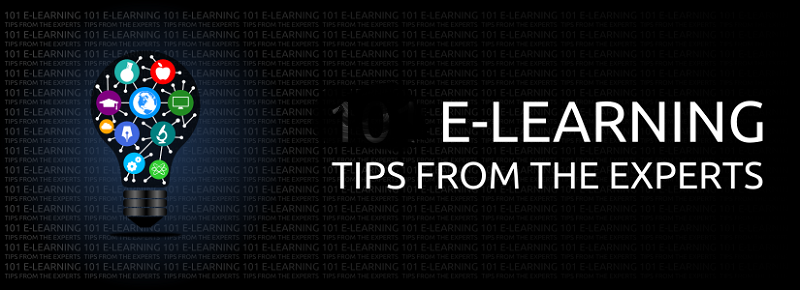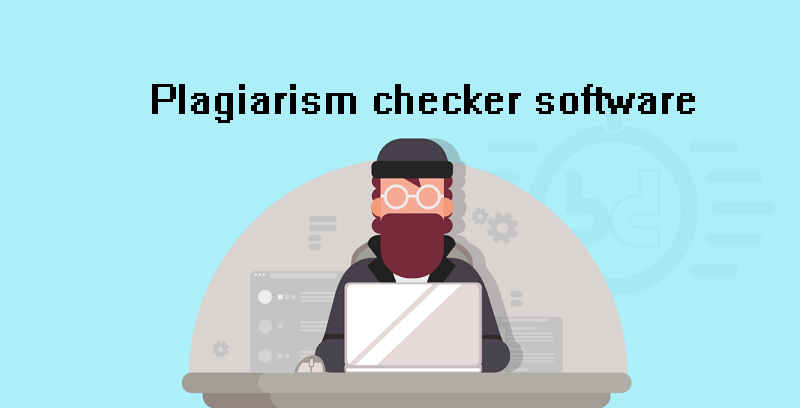E-Learning designers are often the unrecognized heroes of online learning experiences. They have the powerful role of being those who build the content provided by the expert in the subject in a robust and attractive narrative for the student. However, getting it is not easy. If you are just beginning, you are not going to become an expert on the first day. But if you follow some advice about E-learning tips from the most experienced, your road to success will be much quicker and more effective.
E-learning tips for beginners
This is a compilation of what we would have liked to know before starting our career as E-Learning designers. Keep reading: How to make your son write well.
1) Set expectations for your team

Transferring your training content online means taking a team-based learning approach. The designer is just one piece of the puzzle. Of equal importance are the subject matter expert, the multimedia production specialist, the instructional designer and the graphic designer. With those many people working on the course, the lack of expectations leads to confusion, frustration and ineffective learning experiences.
We recommend using collaborative tools, project management tools and consistent guidelines for everyone who works on the course. Consider creating a function delineation chart so that everyone understands their expectations and knows their responsibilities. In this way, in the case of a misunderstanding or disagreement, the team can refer to the initial documentation to resolve the challenges.
2) Work backward: from the objectives to the evaluation of the activities
The traditional train of thought of many e Learning newbies is that they must design sequentially from the introduction of the course to the conclusion and then create the evaluation. This does not encourage a goal-based approach, the most important aspect of E-learning tips.

After creating learning objectives, the next step is to decide what evidence is acceptable to verify that the student has transformed the information presented into knowledge. When considering possible evaluations, focus on which evaluation format is useful for that audience and the type of evidence needed to demonstrate competence on the part of the student.
The possible options for the evaluation format are many: true/false, multiple selection, short answer and long reflection, among others. These formats can evaluate different types of knowledge.
Declarative knowledge includes the knowledge to remember the steps in a sequence or the names of the chemical products. The procedural knowledge focuses on the students who are able to perform the steps in a sequence or complete a chemistry experiment successfully. The level of evidence required will help you dictate whether you need a simple drag-and-drop activity or a deeper simulation.
3) Design last, perform the Storyboard first
Once you have identified the important objectives and related evaluations, you are ready to focus on the design of the course. The first part of any good creative process involves the creation of a storyboard or script. The script covers everything a student will experience in the course, from the beginning to the end. It is the course plan of E-learning tips, like a lesson plan, except that it is a storyboard that does not describe only the general content. But everything else, from graphics to the video that will go on each screen.

When you build your storyboard, always think about the application. How will students apply what they have learned from their course?
Suggestion to save time: While the storyboard requires an initial investment, it will often halve the design time by having complete the content of the course and sequence before you start designing.
4) Do not overdo it, use technology with the purpose

Several web 2.0 tools can be used in your eLearning project the, as long as it is purposeful. When deciding on the technology to use, think about the initial learning objectives. Will that technology help? If your purpose is to build a sense of community, use a tool such as a wiki or community blog.
However, if all learning is individual, then this technology should not be used. Each time you want to use a new type of support or additional technology in the eLearning course, ask yourself three questions: Will it impoverish or distract the student from the content? Does it require a meaningful learning curve for the audience? Is there a cost to use that tool?
5) Know your audience well

Who is the audience of the course you are designing? The content will be presented differently for basic university graduates than for executives. Consider this well before you start creating anything. Is this course for continuous professional development? Or are you participating in the course to meet a requirement? If they are committed in order to meet a requirement, there may be additional external factors to include in the design of the course.
It is important to know the E-learning tips for beginners. A good design identifies who the consumers of the content will be. Carry out any needs assessment to know who your audience is and what your needs are. It is almost impossible to design an effective course for the nebulous ‘everyone’. Because everyone comes with different experiences and perspectives.
You may also like: The best PDF readers for Android | Paid and Free.








